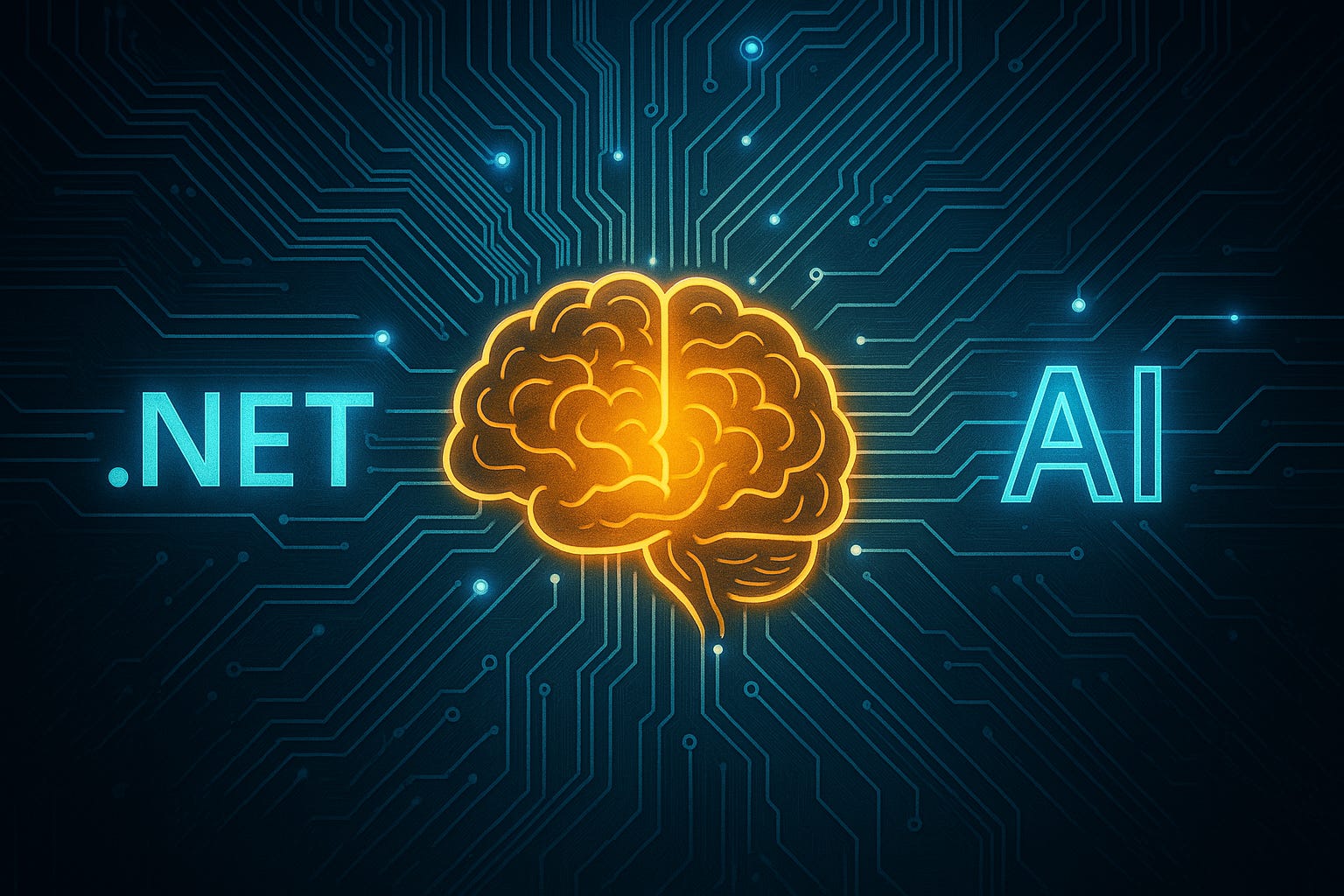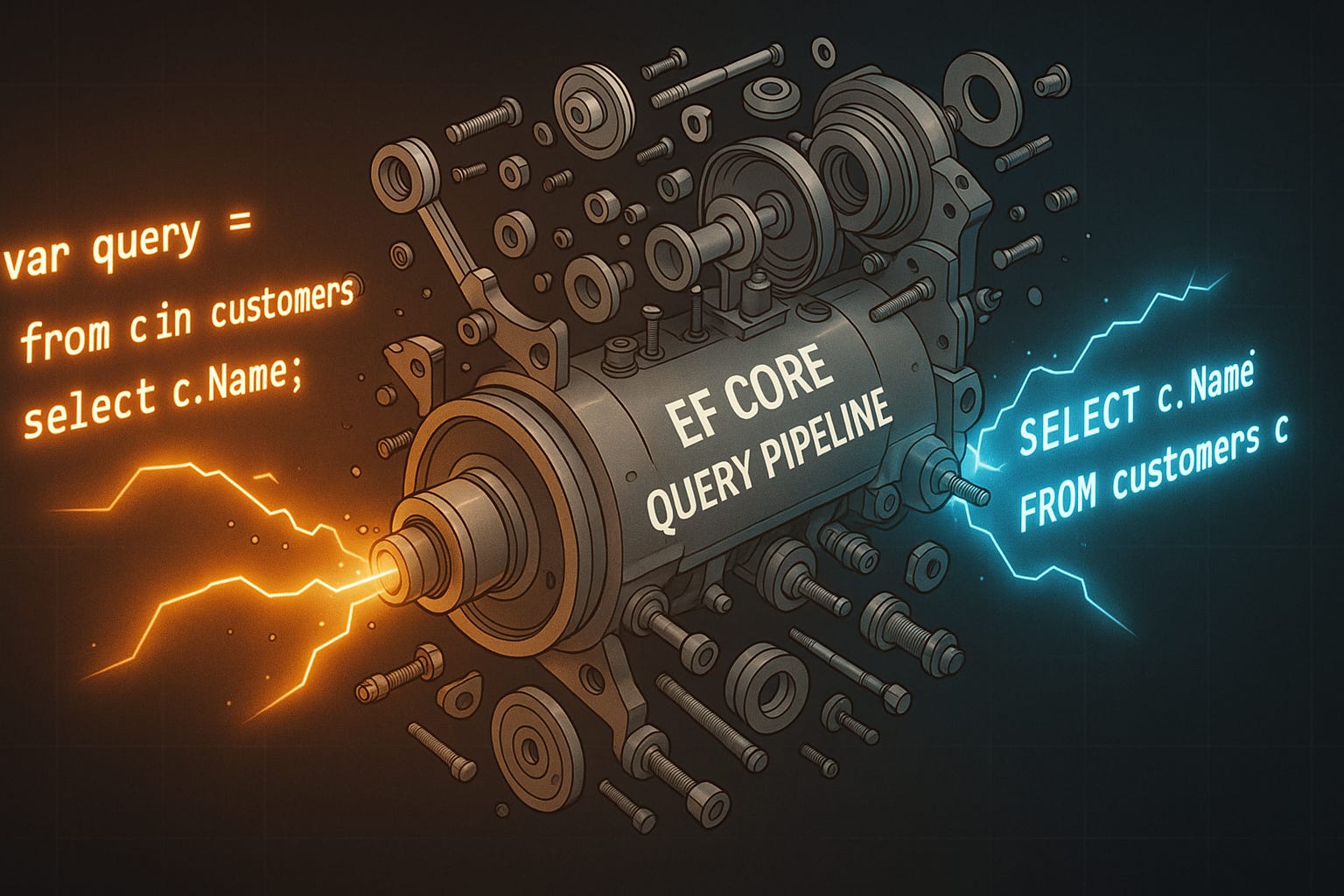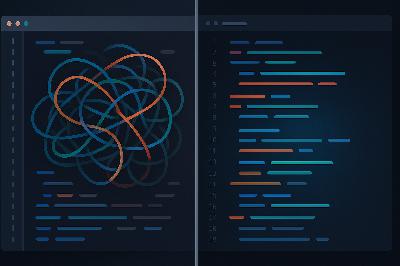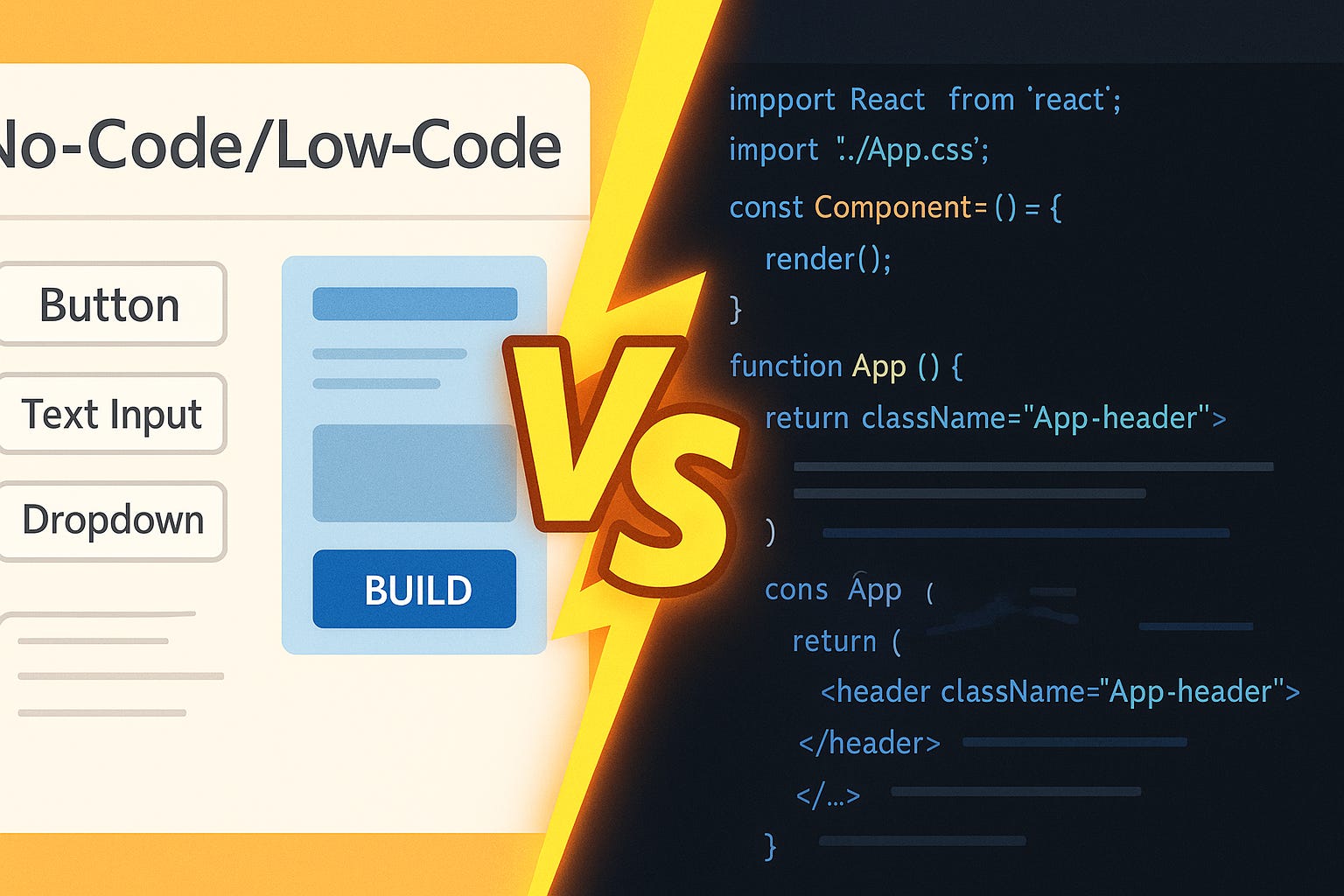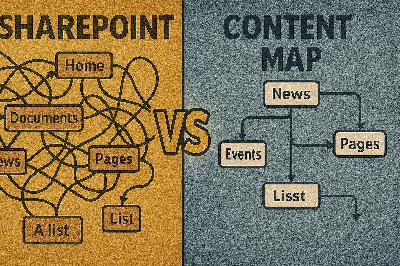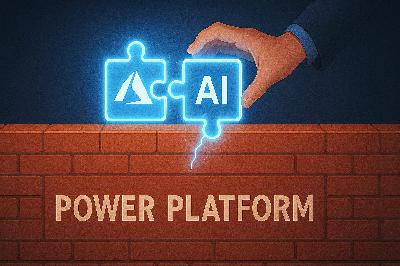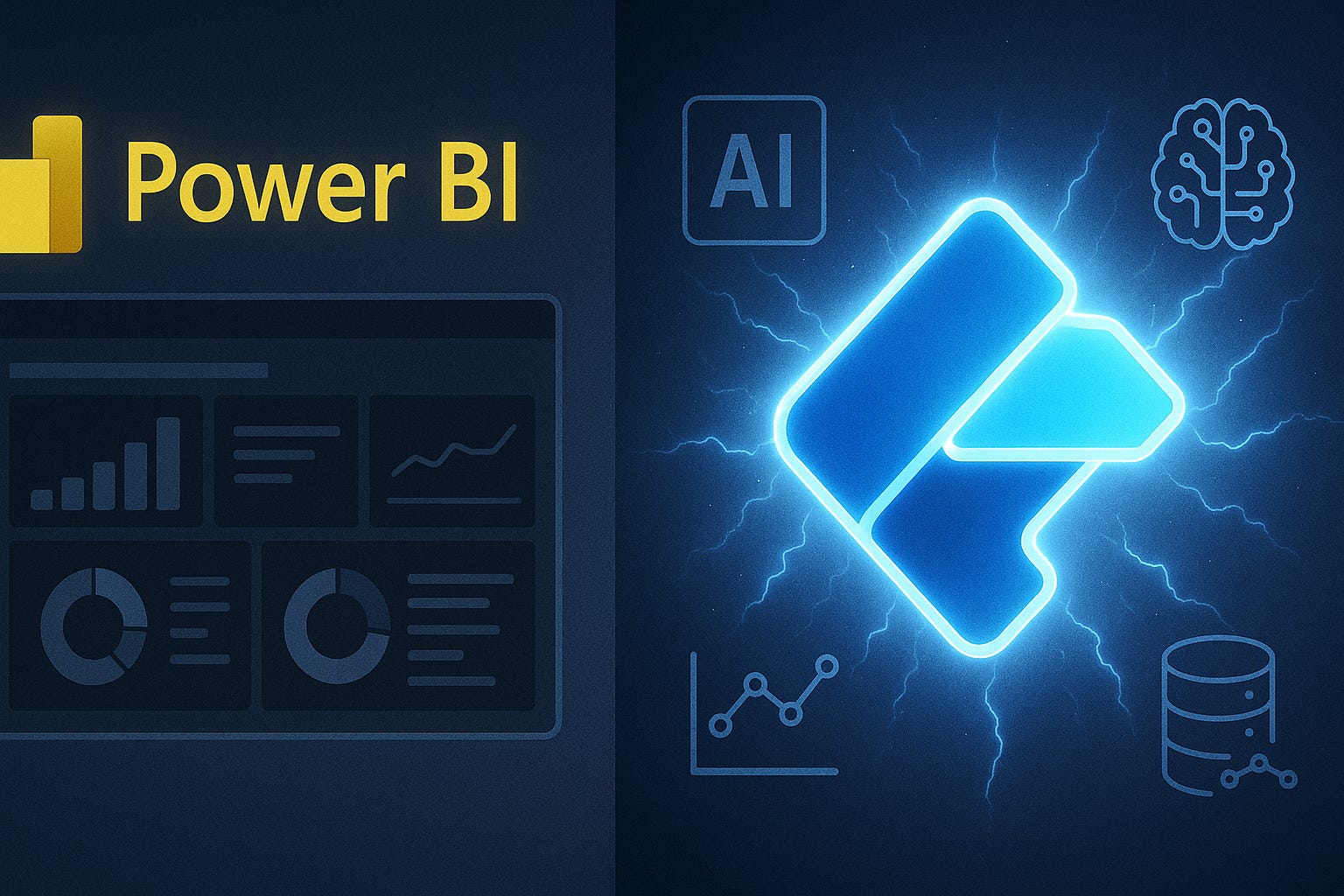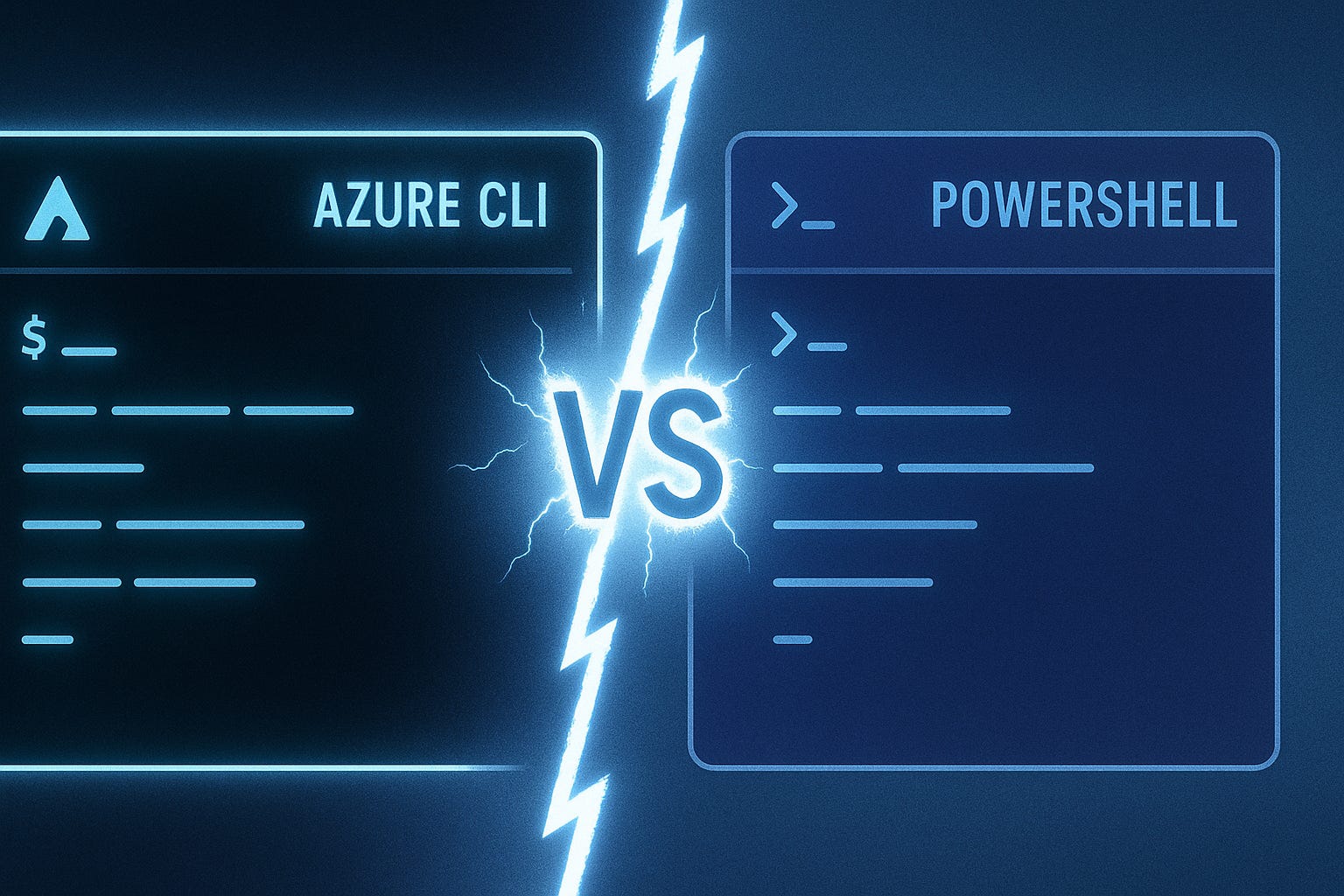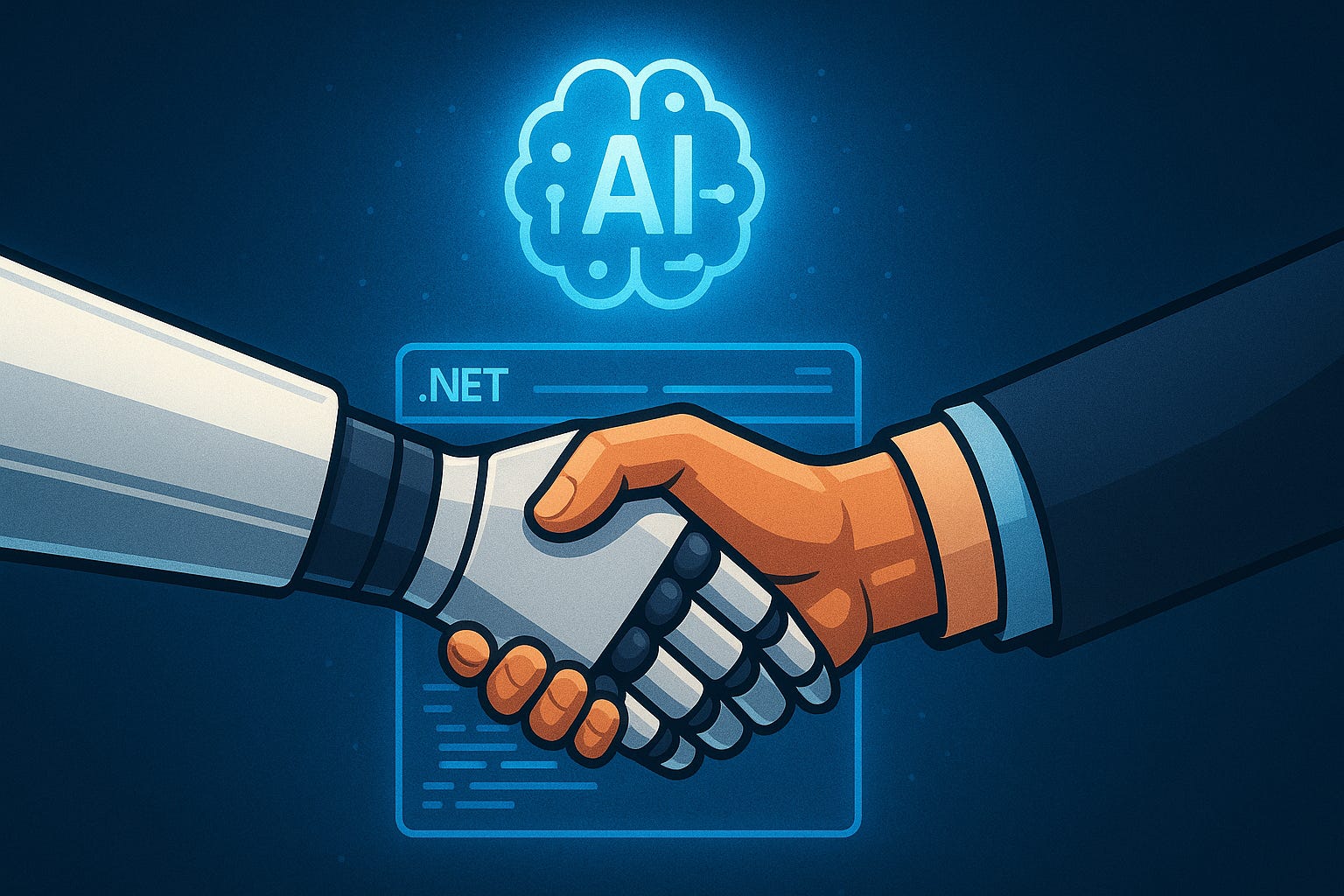The Hidden AI Engine Inside .NET 10
Description
Most people still think of ASP.NET Core as just another web framework… but what if I told you that inside .NET 10, there’s now an AI engine quietly shaping the way your apps think, react, and secure themselves? I’ll explain what I mean by “AI engine” in concrete terms, and which capabilities are conditional or opt-in — not just marketing language. This isn’t about vague promises. .NET 10 includes deeper AI-friendly integrations and improved diagnostics that can help surface issues earlier when configured correctly. From WebAuthn passkeys to tools that reduce friction in debugging, it connects AI, security, and productivity into one system. By the end, you’ll know which features are safe to adopt now and which require careful planning. So how do AI, security, and diagnostics actually work together — and should you build on them for your next project?
The AI Engine Hiding in Plain Sight
What stands out in .NET 10 isn’t just new APIs or deployment tools — it’s the subtle shift in how AI comes into the picture. Instead of being an optional side project you bolt on later, the platform now makes it easier to plug AI into your app directly. This doesn’t mean every project ships with intelligence by default, but the hooks are there. Framework services and templates can reduce boilerplate when you choose to opt in, which lowers the barrier compared to the work required in previous versions. That may sound reassuring, especially for developers who remember the friction of doing this the old way. In earlier releases, if you wanted a .NET app to make predictions or classify input, you had to bolt together ML.NET or wire up external services yourself. The cost wasn’t just in dependencies but in sheer setup: moving data in and out of pipelines, tuning configurations, and writing all the scaffolding code before reaching anything useful. The mental overhead was enough to make AI feel like an exotic add-on instead of something practical for everyday apps. The changes in .NET 10 shift that balance. Now, many of the same patterns you already use for middleware and dependency registration also apply to AI workloads. Instead of constructing a pipeline by hand, you can connect existing services, models, or APIs more directly, and the framework manages where they fit in the request flow. You’re not forced to rethink app structure or hunt for glue code just to get inference running. The experience feels closer to snapping in a familiar component than stacking a whole new tower of logic on top. That integration also reframes how AI shows up in applications. It’s not a giant new feature waving for attention — it’s more like a low-key participant stitched into the runtime. Illustrative scenario: a commerce app that suggests products when usage patterns indicate interest, or a dashboard that reshapes its layout when telemetry hints at frustration. This doesn’t happen magically out of the box; it requires you to configure models or attach telemetry, but the difference is that the framework handles the gritty connection points instead of leaving it all on you. Even diagnostics can benefit — predictive monitoring can highlight likely causes of issues ahead of time instead of leaving you buried in unfiltered log trails. Think of it like an electric assist in a car: it helps when needed and stays out of the way otherwise. You don’t manually command it into action, but when configured, the system knows when to lean on that support to smooth out the ride. That’s the posture .NET 10 has taken with AI — available, supportive, but never shouting for constant attention. This has concrete implications for teams under pressure to ship. Instead of spending a quarter writing a custom recommendation engine, you can tie into existing services faster. Instead of designing a telemetry system from scratch just to chase down bottlenecks, you can rely on predictive elements baked into diagnostics hooks. The time saved translates into more focus on features users can actually see, while still getting benefits usually described as “advanced” in the product roadmap. The key point is that intelligence in .NET 10 sits closer to the foundation than before, ready to be leveraged when you choose. You’re not forced into it, but once you adopt the new hooks, the framework smooths away work that previously acted as a deterrent. That’s what makes it feel like an engine hiding in plain sight — not because everything suddenly thinks on its own, but because the infrastructure to support intelligence is treated as a normal part of the stack. This tighter AI integration matters — but it can’t operate in isolation. For any predictions or recommendations to be useful, the system also has to know which signals to trust and how to protect them. That’s where the focus shifts next: the connection between intelligence, security, and diagnostics.
Security That Doesn’t Just Lock Doors, It Talks to the AI
Most teams treat authentication as nothing more than a lock on the door. But in .NET 10, security is positioned to do more than gatekeep — it can also inform how your applications interpret and respond to activity. The framework includes improved support for modern standards like WebAuthn and passkeys, moving beyond traditional username and password flows. On the surface, these look like straightforward replacements, solving long‑standing password weaknesses. But when authentication data is routed into your telemetry pipeline, those events can also become additional inputs for analytics or even AI‑driven evaluation, giving developers and security teams richer context to work with. Passwords have always been the weak link: reused, phished, forgotten. Passkeys are designed to close those gaps by anchoring authentication to something harder to steal or fake, such as device‑bound credentials or biometrics. For end users, the experience is simpler. For IT teams, it means fewer reset tickets and a stronger compliance story. What’s new in the .NET 10 era is not just the support for these standards but the potential to treat their events as real‑time signals. When integrated into centralized monitoring stacks, they stop living in isolation. Instead, they become part of the same telemetry that performance counters and request logs already flow into. If you’re evaluating .NET 10 in your environment, verify whether built‑in middleware sends authentication events into your existing telemetry provider and whether passkey flows are available in template samples. That check will tell you how easily these signals can be reused downstream. That linkage matters because threats don’t usually announce themselves with a single glaring alert. They hide in ordinary‑looking actions. A valid passkey request might still raise suspicion if it comes from a device not previously associated with the account, or at a time that deviates from a user’s regular behavior. These events on their own don’t always mean trouble, but when correlated with other telemetry, they can reveal a meaningful pattern. That’s where AI analysis has value — not by replacing human judgment, but by surfacing combinations of signals that deserve attention earlier than log reviews would catch. A short analogy makes the distinction clear. Think of authentication like a security camera. A basic camera records everything and leaves you to review it later. A smarter one filters the feed, pinging you only when unusual behavior shows up. Authentication on its own is like the basic camera: it grants or denies and stores the outcome. When merged into analytics, it behaves more like the smart version, highlighting out‑of‑place actions while treating normal patterns as routine. The benefit comes not from the act of logging in, but from recognizing whether that login fits within a broader, trusted rhythm. This reframing changes how developers and security architects think about resilience. Security cannot be treated as a static checklist anymore. Attackers move fast, and many compromises look like ordinary usage right up until damage is done. By making authentication activity part of the signal set that AI or advanced analytics can read, you get a system that nudges you toward proactive measures. It becomes less about trying to anticipate every exploit and more about having a feedback loop that notices shifts before they explode into full incidents. The practical impact is that security begins to add value during normal operations, not just after something goes wrong. Developers aren’t stuck pushing logs into a folder for auditors, while security teams aren’t the only ones consuming sign‑in data. Instead, passkey and WebAuthn events enrich the telemetry flow developers already watch. Every authentication attempt doubles as a micro signal about trustworthiness in the system. And since this work rides along existing middleware and logging integrations, it places little extra burden on the people building applications. This does mean an adjustment for many organizations. Security groups still own compliance, controls still apply — but the data they produce is no longer siloed. Developers can rely on those signals to inform feature logic, while monitoring systems use them as additional context to separate real anomalies from background noise. Done well, it’s a win on both fronts: stronger protection built on standards users find easier, and a feedback loop that makes applications harder to compromise without adding friction. If authentication can be a source of signals, diagnostics is the system that turns those signals into actionable context.
Diagnostics That Predict Breakdowns Before They Happen
What if the next production issue in your app could signal its warning signs before it ever reached your users? That’s the shift in focus with diagnostics in .NET 10. For years, logs were reactive — something you dug through after a crash, hoping that one of thousands of lines contained the answer. The newer tooling is desi

